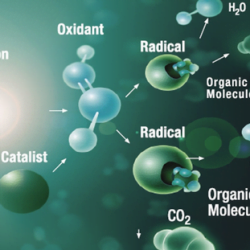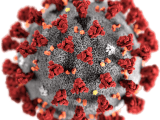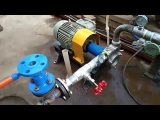
Nano bubbles for oxidation.
Introduction
Nanotechnology is one of the fastest growing fields of research and innovation, and its applications are being explored in various sectors. In recent years, the application of nanotechnology in water treatment has gained significant attention. One of the most promising applications of nanotechnology in water treatment is the use of nano bubbles for advanced oxidation processes. In this article, we will explore the concept of nano bubbles and their use in advanced oxidation processes.
What are nano bubbles?
Nano bubbles are tiny gas bubbles with a diameter of less than 100 nm. These bubbles are so small that they remain suspended in water for a long time, providing a large surface area for chemical reactions. The small size of the bubbles also makes them highly stable, allowing them to remain in the water for longer periods of time.
The use of nano bubbles for advanced oxidation processes
Advanced oxidation processes (AOPs) are a group of chemical processes that are used to remove organic and inorganic pollutants from water. These processes are based on the formation of highly reactive radicals, such as hydroxyl radicals (•OH), which are generated by the reaction of an oxidant with water. These radicals react with the pollutants in the water, breaking them down into harmless substances.
The use of nano bubbles in AOPs has been found to be highly effective in removing a wide range of pollutants from water. The high surface area of the nano bubbles provides a large number of reaction sites for the formation of radicals, while their small size ensures that they remain in the water for a long time, increasing the contact time between the radicals and the pollutants. The stability of the nano bubbles also ensures that they are not lost to the atmosphere, which is a common problem with traditional AOPs that use larger bubbles.
Advantages of using nano bubbles for AOPs
The use of nano bubbles for AOPs has several advantages over traditional AOPs. Some of the major advantages are:
- Increased efficiency: The high surface area of the nano bubbles provides a large number of reaction sites for the formation of radicals, resulting in increased efficiency in the removal of pollutants.
- Reduced chemical consumption: The use of nano bubbles reduces the amount of oxidant required for AOPs, leading to a reduction in chemical consumption.
- Reduced energy consumption: The use of nano bubbles reduces the energy required for AOPs, as the small size of the bubbles reduces the pressure required to create them.
- Improved water quality: The use of nano bubbles in AOPs has been found to be highly effective in removing a wide range of pollutants from water, resulting in improved water quality.
Applications of nano bubbles in water treatment
The use of nano bubbles in water treatment has several applications. Some of the major applications are:
- Drinking water treatment: The use of nano bubbles in AOPs has been found to be highly effective in removing organic and inorganic pollutants from drinking water, resulting in improved water quality.
- Industrial wastewater treatment: The use of nano bubbles in AOPs has been found to be highly effective in removing pollutants from industrial wastewater, making it suitable for reuse or discharge.
- Groundwater remediation: The use of nano bubbles in AOPs has been found to be highly effective in removing pollutants from groundwater, making it suitable for use as a source of drinking water.
Conclusion
The use of nano bubbles in advanced oxidation processes is a promising application of nanotechnology in water treatment. The high efficiency, reduced chemical and energy consumption, and improved water quality make it a highly attractive option for water treatment. The use of nano bubbles in water treatment has several applications, including drinking water treatment, industrial wastewater treatment, and groundwater remediation. The continued research and development of nano bubble technology will help to improve the efficiency and effectiveness of advanced oxidation processes,



